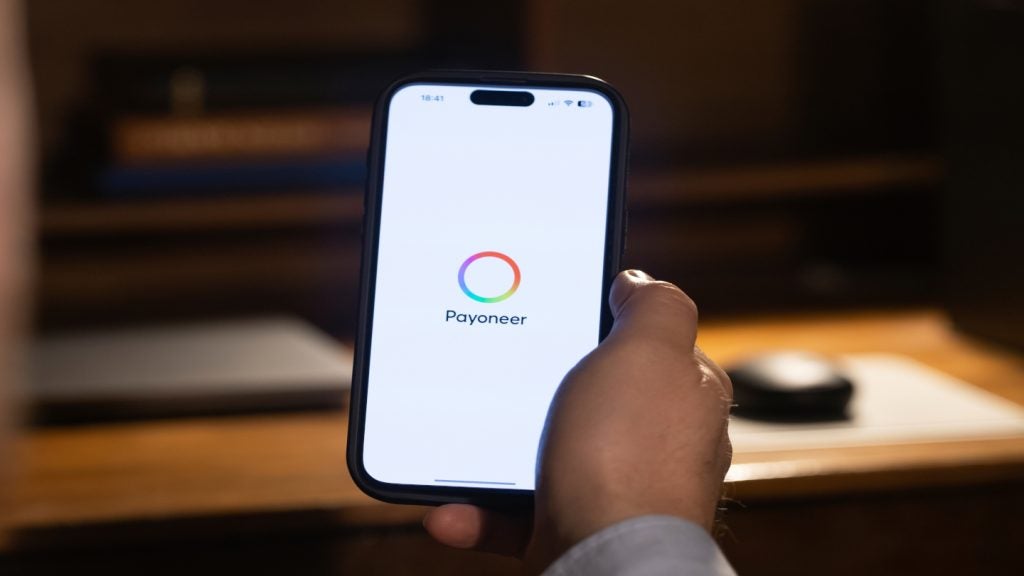The Eurosystem has issued a new paper titled Oversight
Expectations for Links between Retail Payment Systems in which
it defines a “harmonised single set” of expectations for retail
payment systems to comply with one another when SEPA has become
standard across Europe.
The paper states:
“The national central banks responsible will,
as part of their respective oversight functions, assess the
compliance of an RPS for any links it may have.
“The goal is to ensure that the risks stemming
from the establishment of links between RPSs are properly managed.
The expectations cover risks related to legal, financial and
operational arrangements, as well as issues related to governance,
access and efficiency.”
Three types of payment links
The Eurosystem defines the link between
national retail payments as “direct”, “indirect” and “relayed”
links.
A direct link is established bilaterally,
without a third party, such as a central bank.
In an in indirect link, a third party, such as
a commercial bank or central bank is involved to connect the retail
payment systems.
In this type of link, legal and operational
arrangements will have to be defined between the intermediary and
the two retail payment systems.
The paper states: “The legal relationship
between at least one of the retail payment systems and the
intermediary should expressly define the role of the intermediary
as intermediating on behalf of an [systems].”
These two types of links assume there are only
two retail payment systems involved in the process. A relayed link,
however, involves three or more retail payment systems, “in which
at least one RPS intermediates between two other retail payment
systems,” the paper explains. The Eurosystem calls this link “a
chain of two or more direct links”.
Five questions to answer
The Eurosystem is also calling on industry
participants to respond to the paper by answering the following
five questions by 18 May and a final version of the paper will be
published later on.
1. Taking into account SEPA, how do you see
the evolution of retail clearing infrastructures in Europe and the
role of links between retail payment systems?
2. Are the definitions of links and the scope
of application of oversight expectations clearly defined in the
document?
3. Do oversight expectations address all the
risks and efficiency aspects inherent in link arrangements?
4. What is your opinion on the risks and
efficiency of indirect and relayed links between retail payment
systems in comparison with direct links? Do the proposed
expectations appropriately address these risks? Have you
established any indirect or relayed links with another retail
payment system?
5. Which areas of these expectations could be
subject to grading according to the importance of the link
(proportionality)?
Click
here to access the paper.






